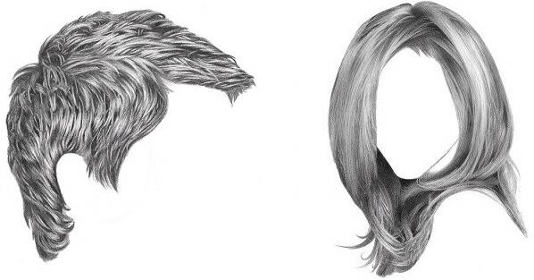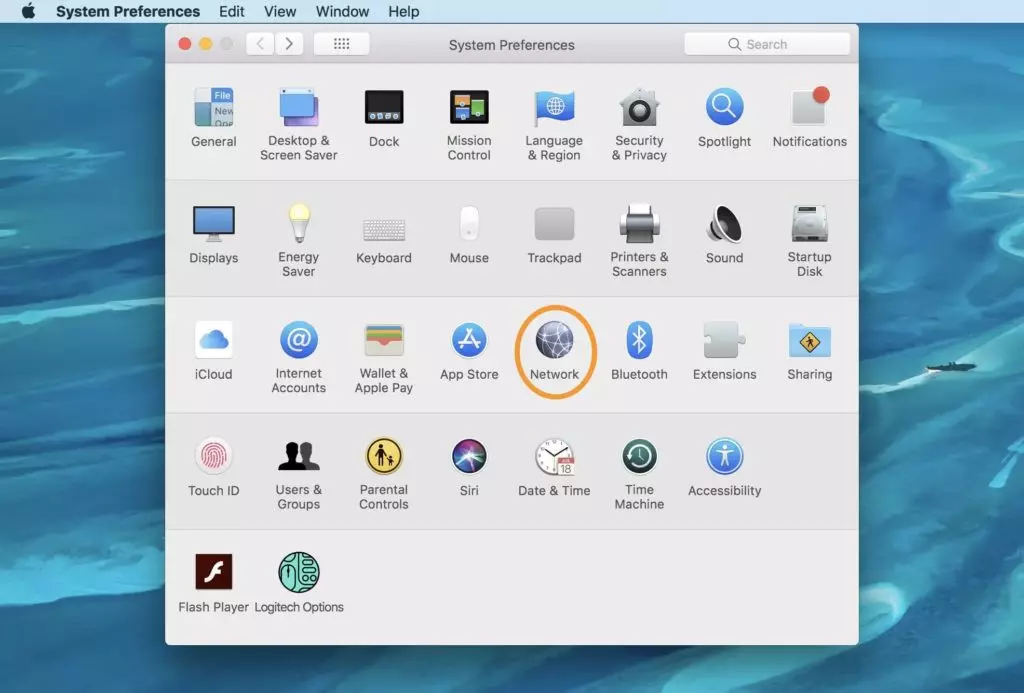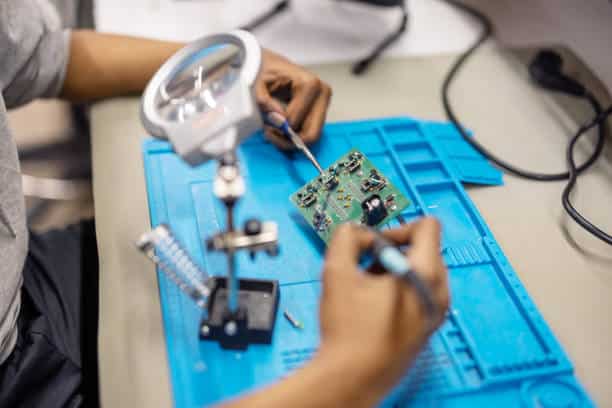If you’ve ever wondered how to draw hair and make it look lifelike, you’re not alone. Mastering the art of drawing hair can be a challenging yet rewarding endeavor for artists of all levels.
Understanding the basics of drawing hair can significantly improve the overall quality of your artwork.
In this article, we’ll explore eight artistic tips that will help you create realistic strands and bring your drawings to life.

Table of contents
How to Draw Realistic Hair in 8 Steps
Creating realistic hair in your drawings can be a challenging yet rewarding artistic skill to master. Whether you’re an aspiring artist or a seasoned pro, knowing how to draw lifelike hair can significantly enhance the quality of your artwork.
By following these steps, you’ll gain a better understanding of the techniques and principles required to bring your hair drawings to life, adding depth and authenticity to your artistic creations.
#1. Draw Basic Outlines
To start, create the foundational outlines of the hair. These lines should define the general shape and flow of the hair.
Don’t worry about intricate details at this stage. Instead, focus on capturing the overall structure and direction of the hair.
See also: How to Draw a Frog: An Artistic Guide for Nature Lovers
#2. Analyze Shapes
Understanding the various shapes within the hair is crucial. Hair isn’t just a mass of strands but is made up of clusters, waves, and individual strands. Observe and sketch these shapes to create a more realistic representation of hair.
#3. Start Shading
Shading is where you begin to add depth and dimension to the hair. Use your pencil to vary the pressure, creating lighter and darker areas to suggest volume and shadow. Pay attention to the direction of the hair as you shade.
See also: How to Draw a Horse: A Comprehensive Guide for Beginners
#4. Sculpting
To make your hair appear three-dimensional, think of it as a sculpture. Add depth by gradually building up layers of shading. This technique will give your hair a more tactile quality.
#5. Smooth Things Out
Use blending tools like blending stumps or your fingers to smudge and blend the pencil marks. This will help to create a smoother, more natural appearance and reduce any harsh lines.
See also: How to Draw a Body: Mastering Human Anatomy in Art
#6. Pull Out Highlights
Identify the light source in your drawing and add highlights accordingly. Highlights give your hair a glossy and realistic look. Leave areas untouched to create this effect.
#7. Add Contrast
Contrast is essential for realism. Darken the shadows and deepen the shading to make the highlights stand out more vividly. This contrast will make your hair pop.
See also: How to Draw a Butterfly: Artistic Techniques for Beautiful Wings
#8. Final Details
In the final step, focus on the finer details like flyaway strands, split ends, and wisps. These subtle features add authenticity and character to your hair drawing. Pay close attention to these elements to complete your realistic hair drawing.
See also: How to Draw Pokemon: Starter Tips
FAQs
Drawing a Strand of Hair
Start by defining the shape with light, loose lines.
Break the shape of the lock of hair down into simpler shapes.
Look for the dominant shapes of light, dark, and middle values.
Develop the texture and the value with directional strokes.
The key to drawing hair is to break it down into simple shapes. First, lightly draw the outline of the hair’s overall shape using a lighter pencil like a 2H. Then, draw the shapes that make up the sections of hair. Sections of hair form when the individual strands clump together in curls or waves.
Conclusion
Mastering the art of drawing realistic hair is a valuable skill for any artist. By using the right tools, understanding the different hair types, and paying attention to detail, you can create lifelike strands that breathe life into your artwork.
Keep practicing, and you’ll soon see remarkable improvements in your hair drawing-abilities. So, get your tools ready, and let your creativity flow through the strands of your artwork!
References
- Erikalancaster.com – How to Draw Realistic Hair in 8 Steps
- Craftsy.com – How to Draw Realistic Hair for Portraits
Recommendations
- How to Draw a Fox Full Body: Artistic Endeavors
- How to Draw a Pumpkin: Artistic Tips for Autumn Illustrations
- How to Draw Stitch: Bringing Lilo’s Alien Friend to Life on Paper
- How to Draw a Fairy Easy | Simple Guidelines to Initiate
- How to Give Harry Potter Simple Drawing | Checkout these 9 Simple Steps





